FAFSA Fraud Is Rising - and New Rules Put Compliance in the Spotlight

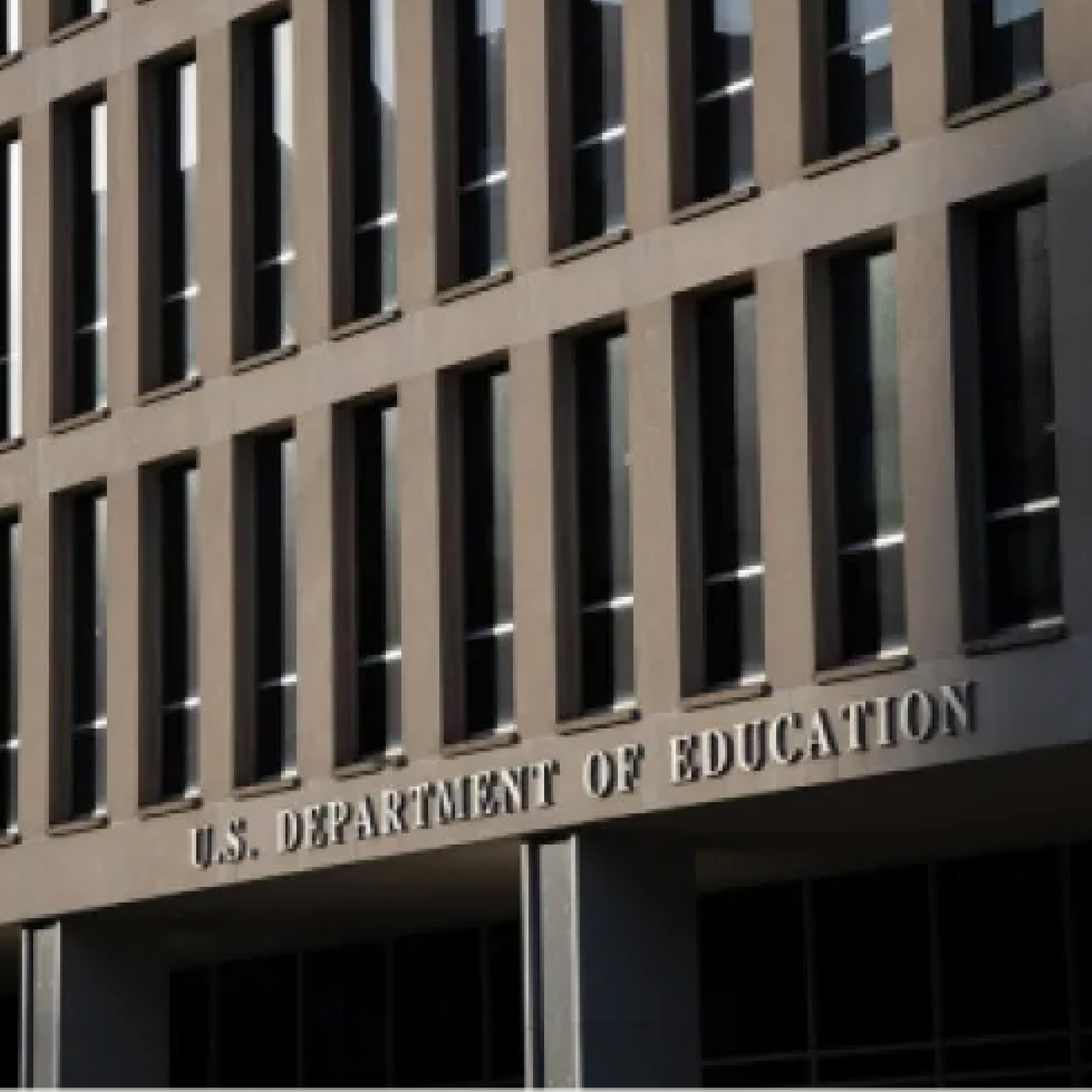
Fraud in federal student aid programs has reached a tipping point. The Department of Education is raising the alarm over fraud rings targeting FAFSA applications at a scale that threatens the integrity of federal student assistance programs under Title IV. In California, one community college system estimated 34% of applications were fraudulent. In Nevada, a school wrote off $7.4 million in aid due to fake enrollments. The cost to taxpayers and legitimate students is staggering.
“When rampant fraud is taking aid away from eligible students, disrupting the operations of colleges, and ripping off taxpayers, we have a responsibility to act.”
- U.S. Secretary of Education Linda McMahon
What’s Changing and Why It Matters
Beginning with the 2025–26 award year, the Department of Education is requiring stricter identity verification for certain FAFSA applicants.
Here’s how it works:
- Every FAFSA form is screened by the FAFSA Processing System.
- When errors are flagged or fraud is suspected, applications are placed into verification groups (V1, V4, or V5).
- Groups V4 and V5 require institutions to verify the applicant’s identity before aid can be disbursed.
Until now, that meant cumbersome in-person checks. Going forward, institutions can choose between two new federally approved methods:
- NIST IAL2 Verification: Institutions can deploy third party identity verifications that meet the NIST IAL2 standard.
- Video Calls: Meeting with applicants over secure video when in-person isn’t possible, and maintaining a copy of their government-issued ID.
With roughly 6.4 million FAFSA applications expected to require verification annually, the impact on financial aid offices is enormous. Institutions must now balance fraud prevention, compliance, and student experience, all at scale.
Where Proof Comes In
The Department’s new guidance aligns directly with Proof’s strengths. Whether your institution wants to outsource identity verification or manage it internally with a secure remote option, Proof makes compliance simple, secure, and scalable.
Proof Identify (IAL2 Compliant)
For institutions that want to outsource verification to a certified third party.
- NIST IAL2 compliant identity checks.
- Documentation delivered securely via portal or API.
- A robust evidence trail consistent with industry best practices.
Proof Verify (Secure Video Verification)
For institutions that prefer to manage verification but need a compliant remote option.
- Live, supervised video sessions where students present ID.
- High-quality ID capture, stored as tamper-evident with session metadata.
- Compliant documentation delivery and a complete audit trail.
Both solutions are designed to satisfy Department of Education requirements while reducing administrative strain and protecting student aid from fraud.
Why Act Now
Fraud prevention isn’t just a compliance mandate. It’s an operational safeguard and a student success issue. Institutions that move quickly will:
- Reduce processing delays
- Protect aid for legitimate students
- Lighten the load on financial aid staff
- Stay ahead of federal enforcement
And because Proof is available through Carahsoft NASPO, procurement is streamlined for public institutions.
FAFSA verification is no longer just a back-office process. It’s now a frontline defense against fraud and a high-stakes compliance requirement. Proof gives colleges and universities a choice: a certified IAL2 solution (Identify) or a secure video verification option (Verify). Both protect aid, safeguard institutional reputation, and deliver a smoother student experience.
The Department has acted. Now it’s time for institutions to adapt. With Proof, you’ll be compliant from day one.






















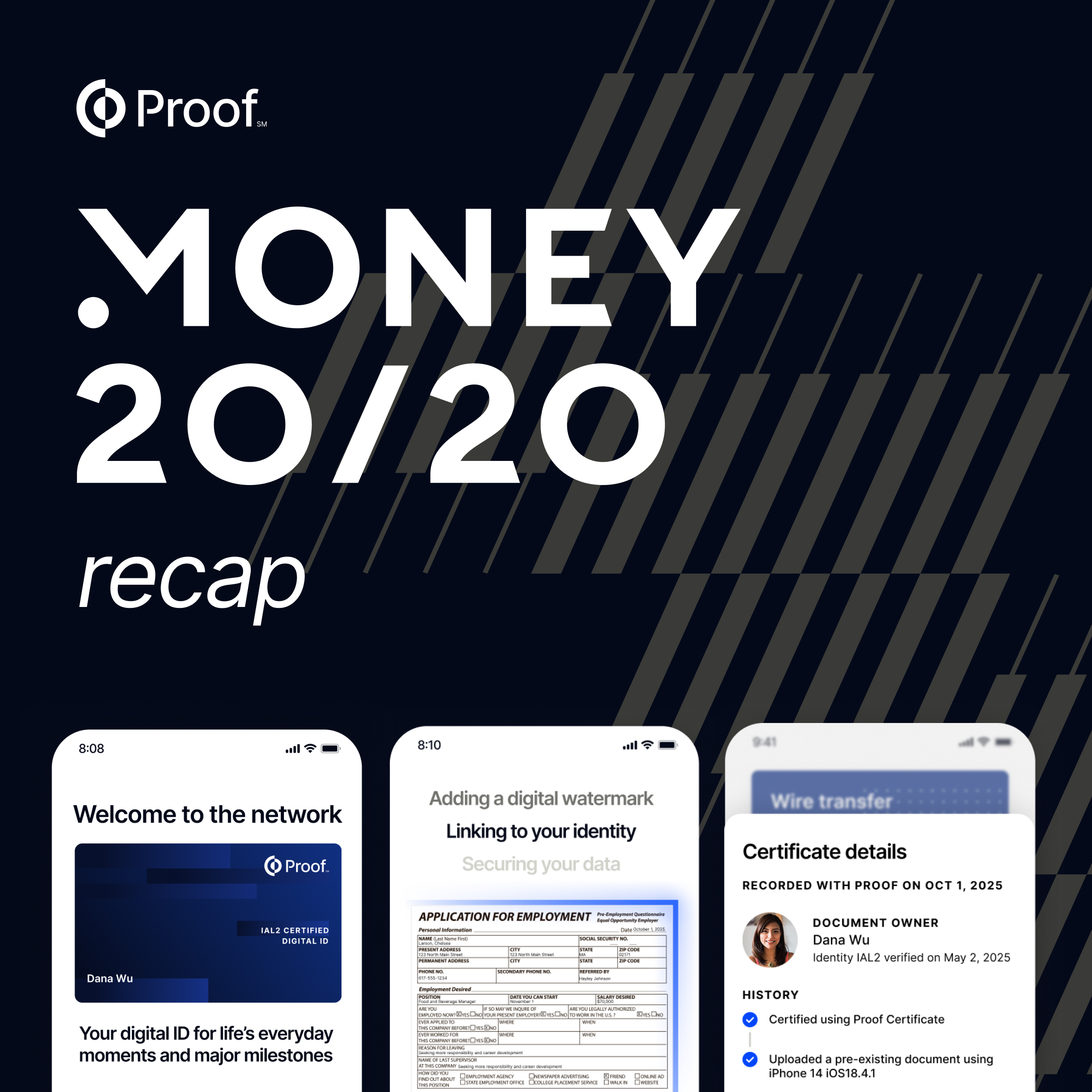






.png)

.jpg)
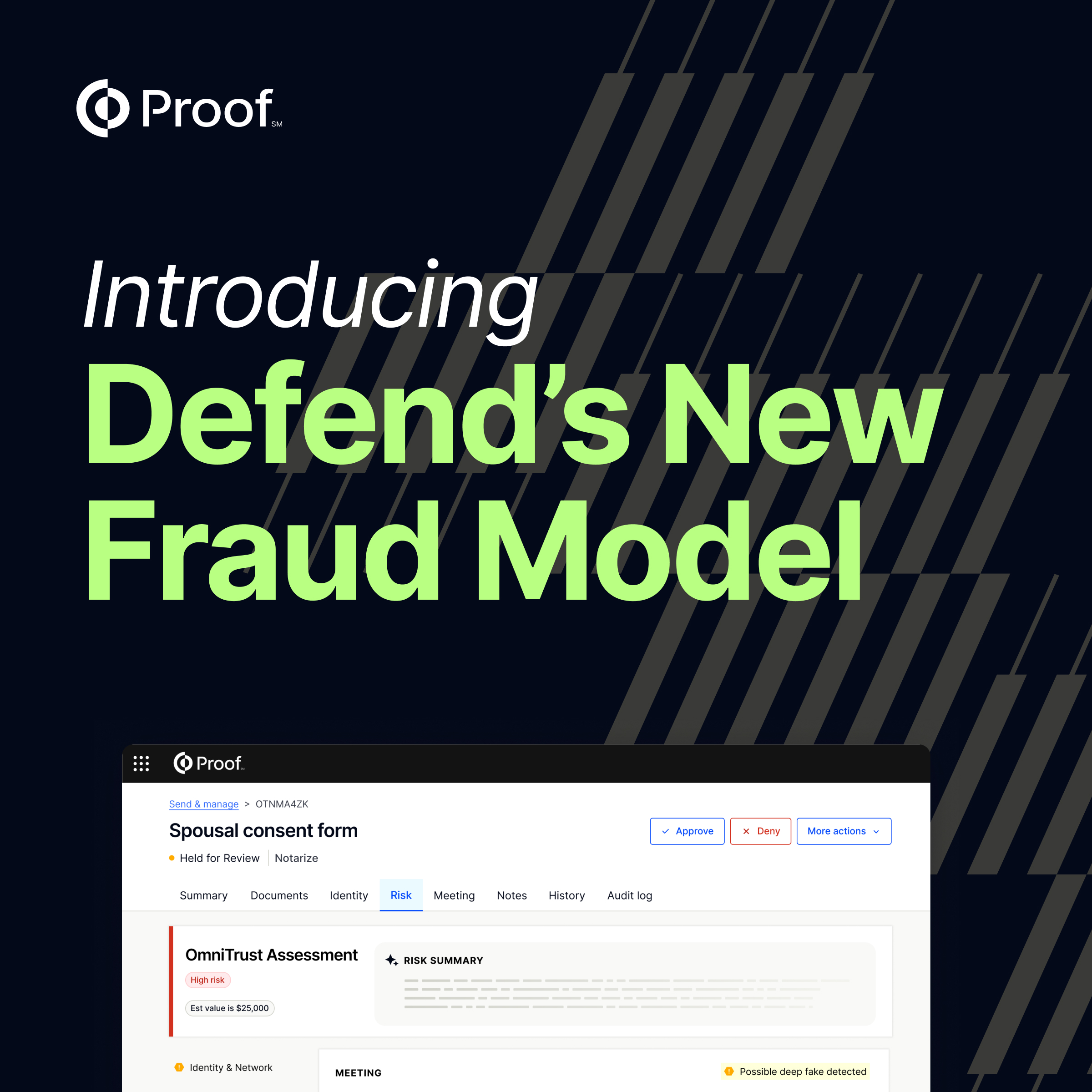


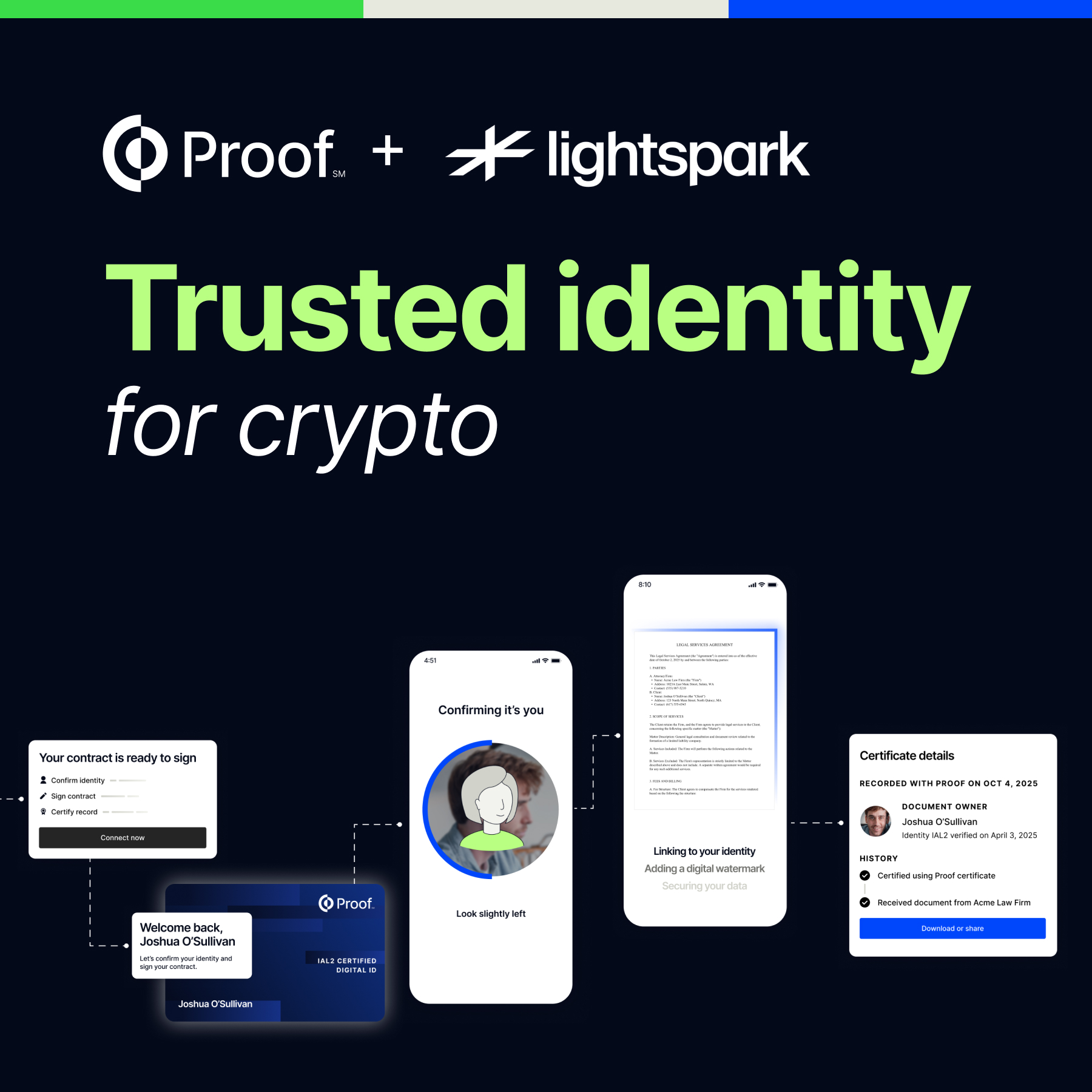







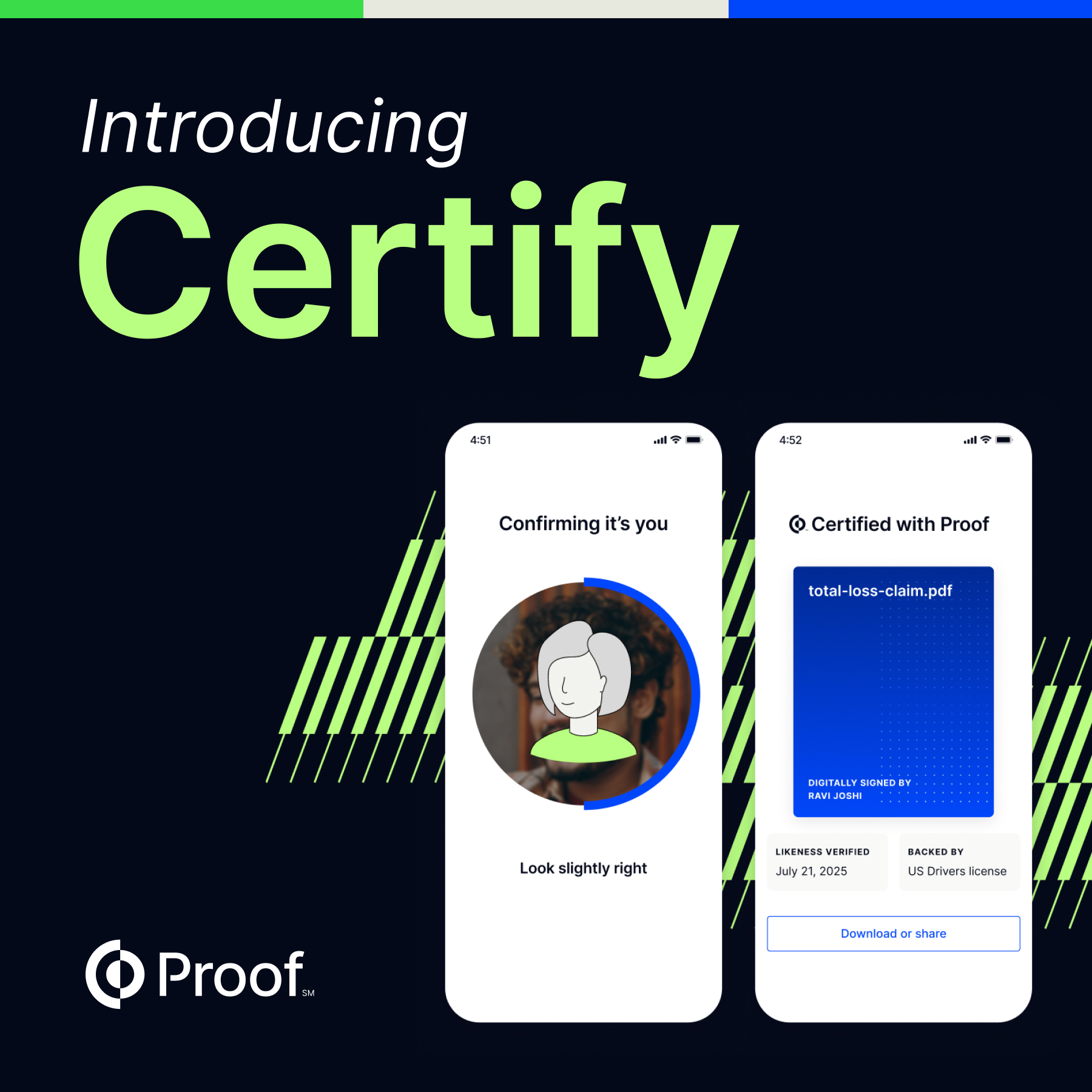


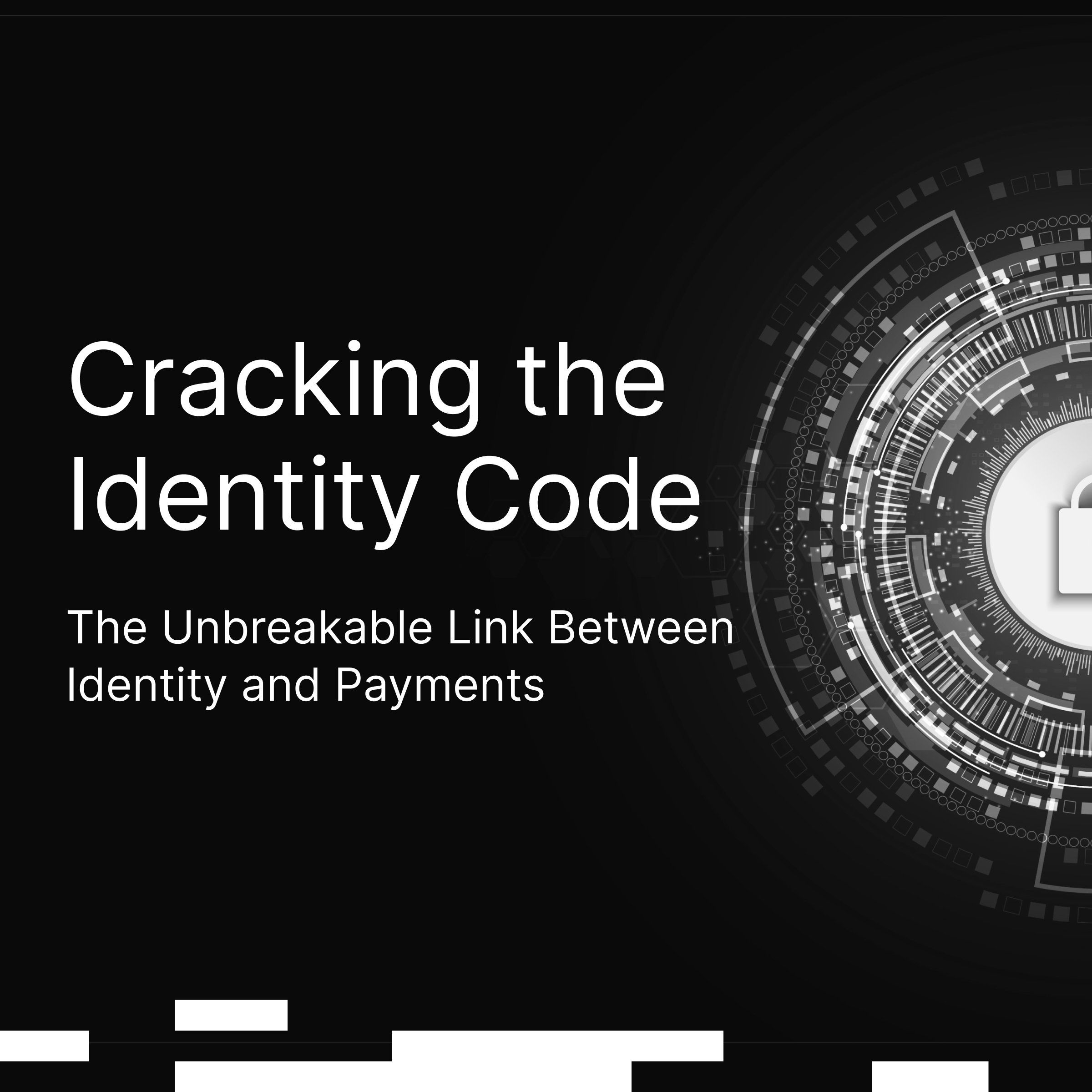


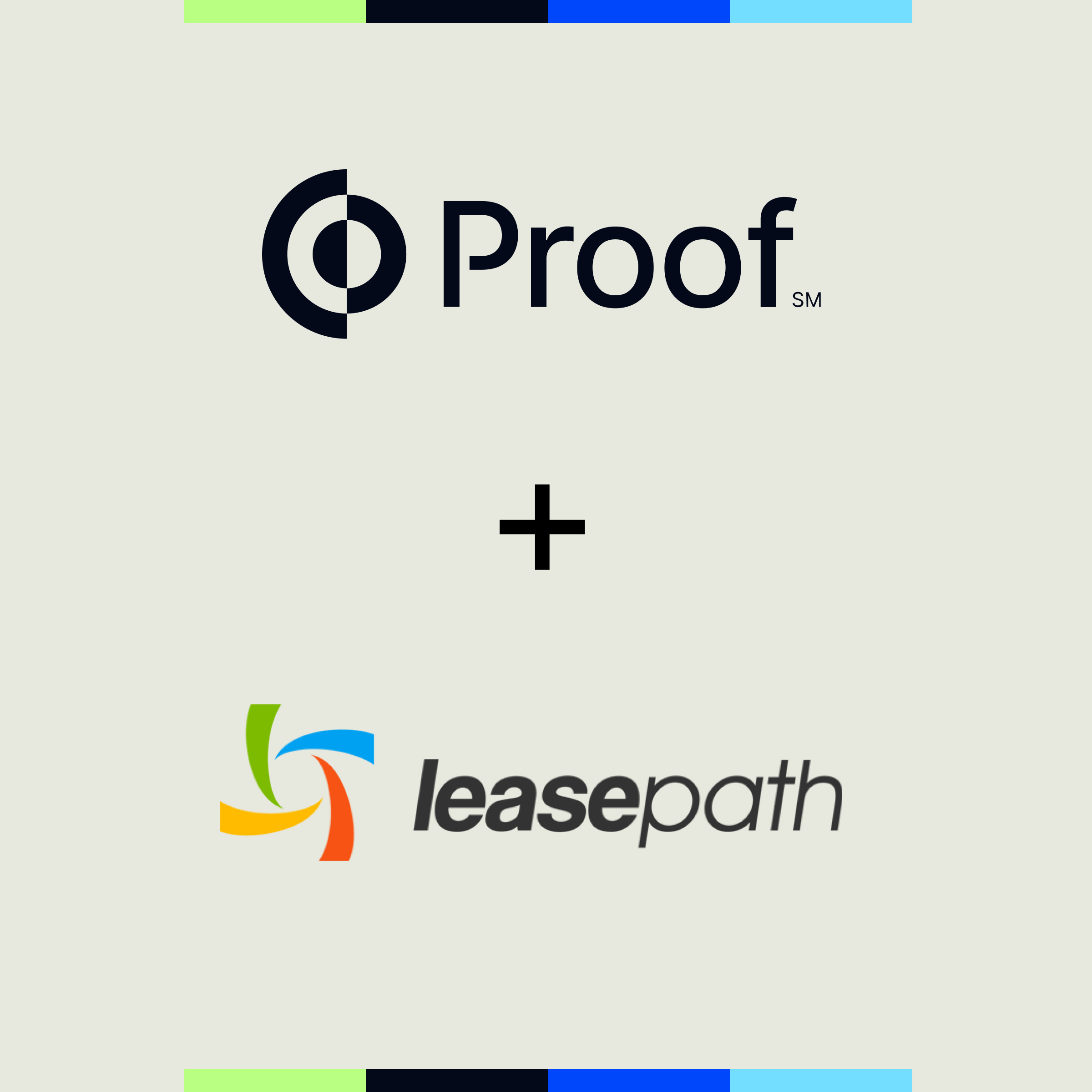









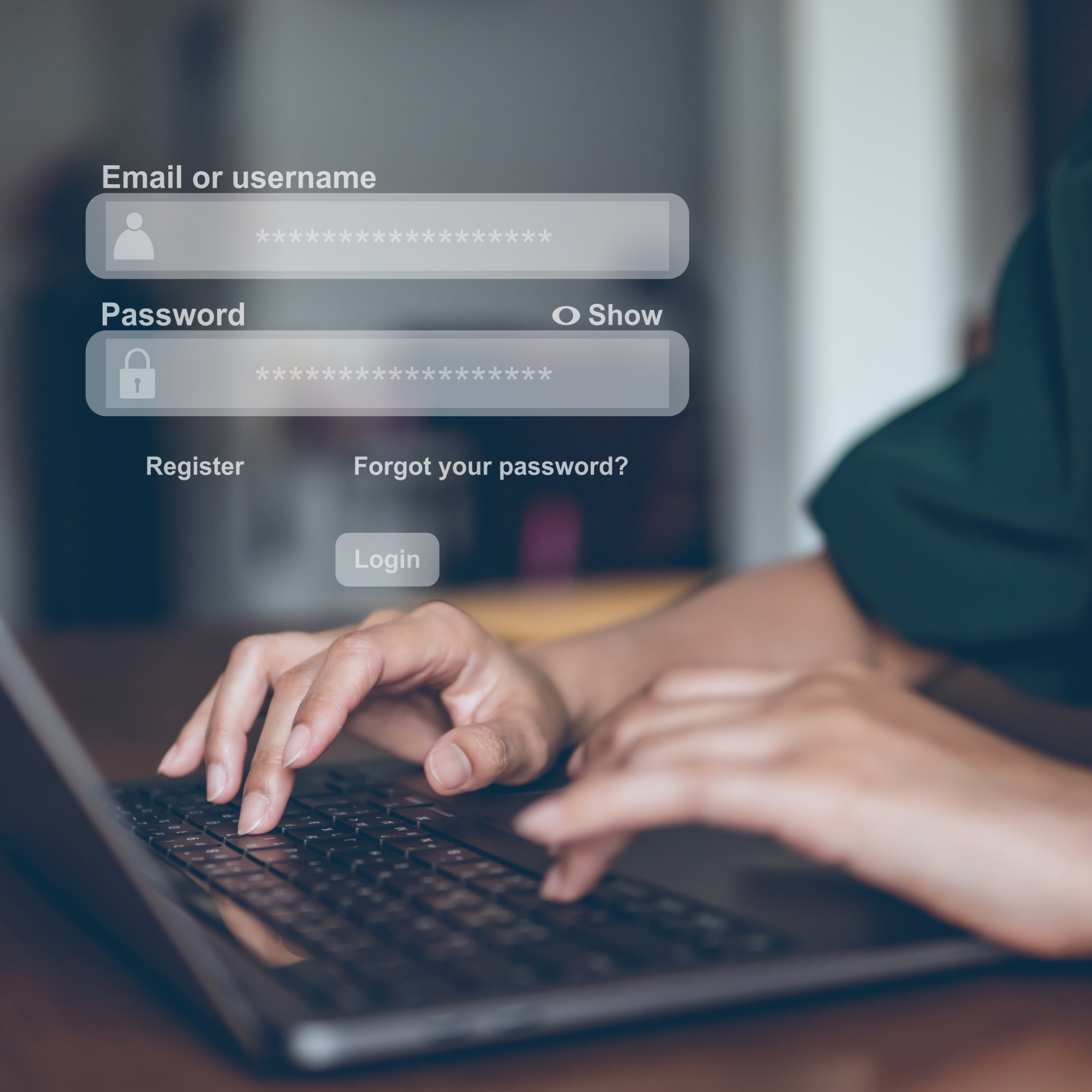







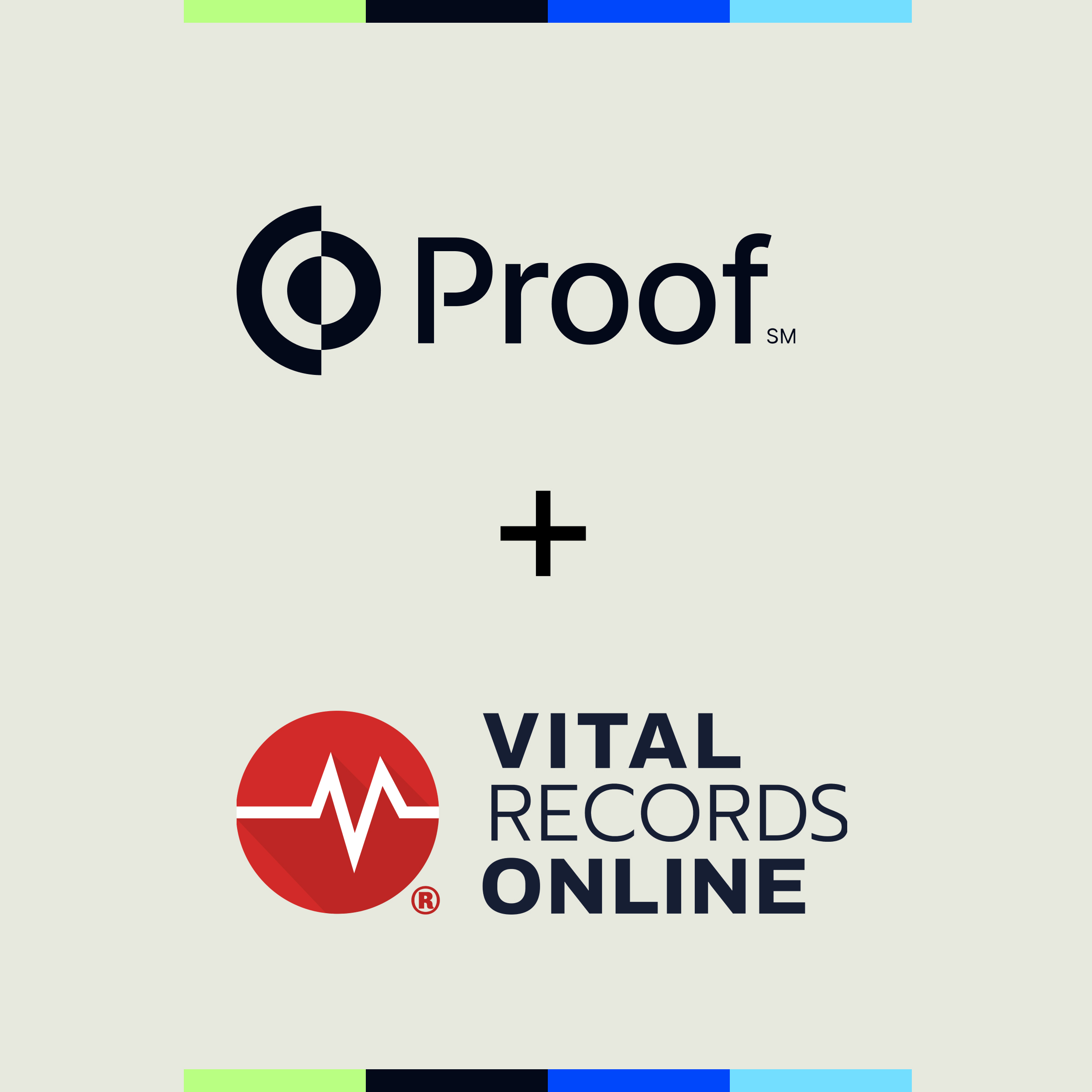








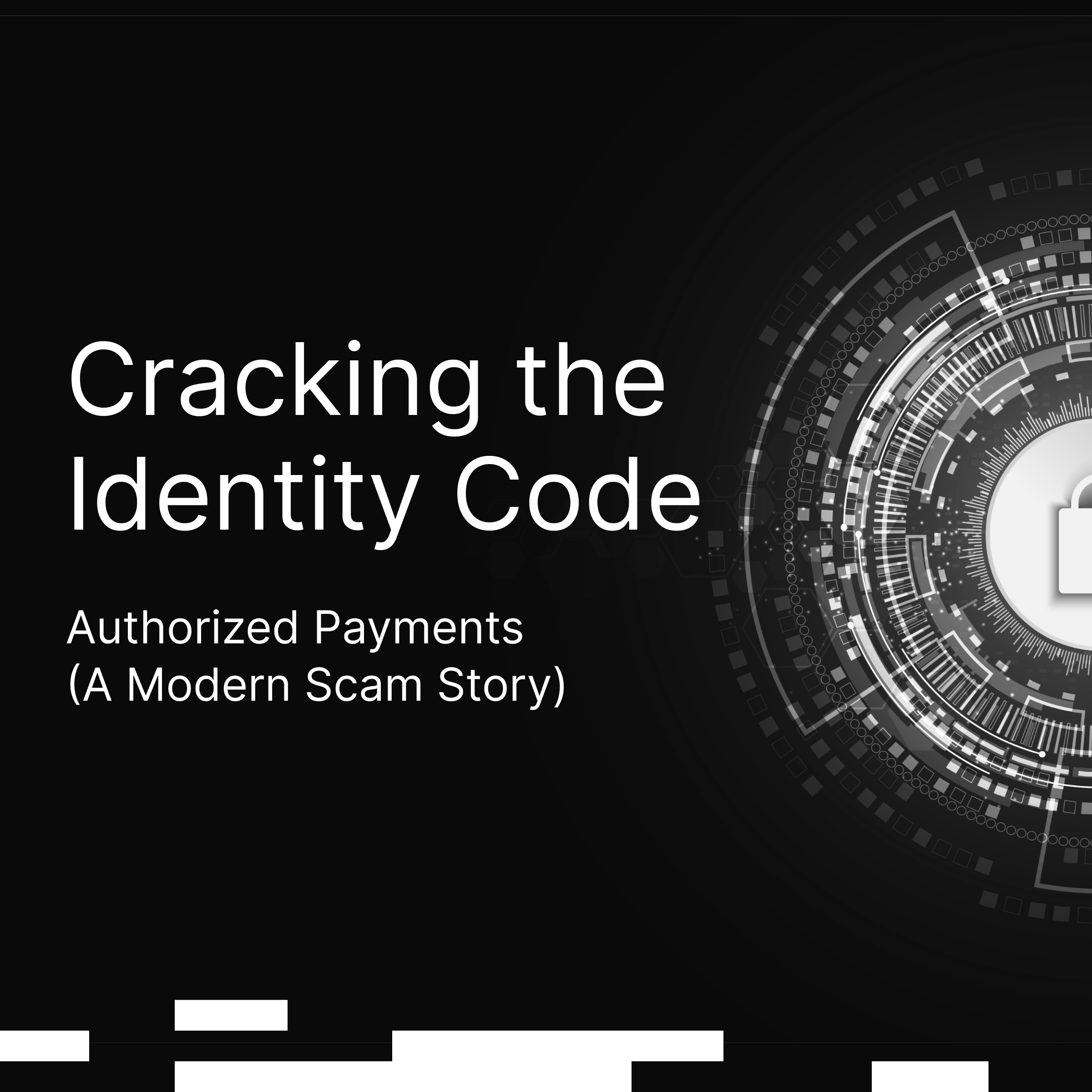







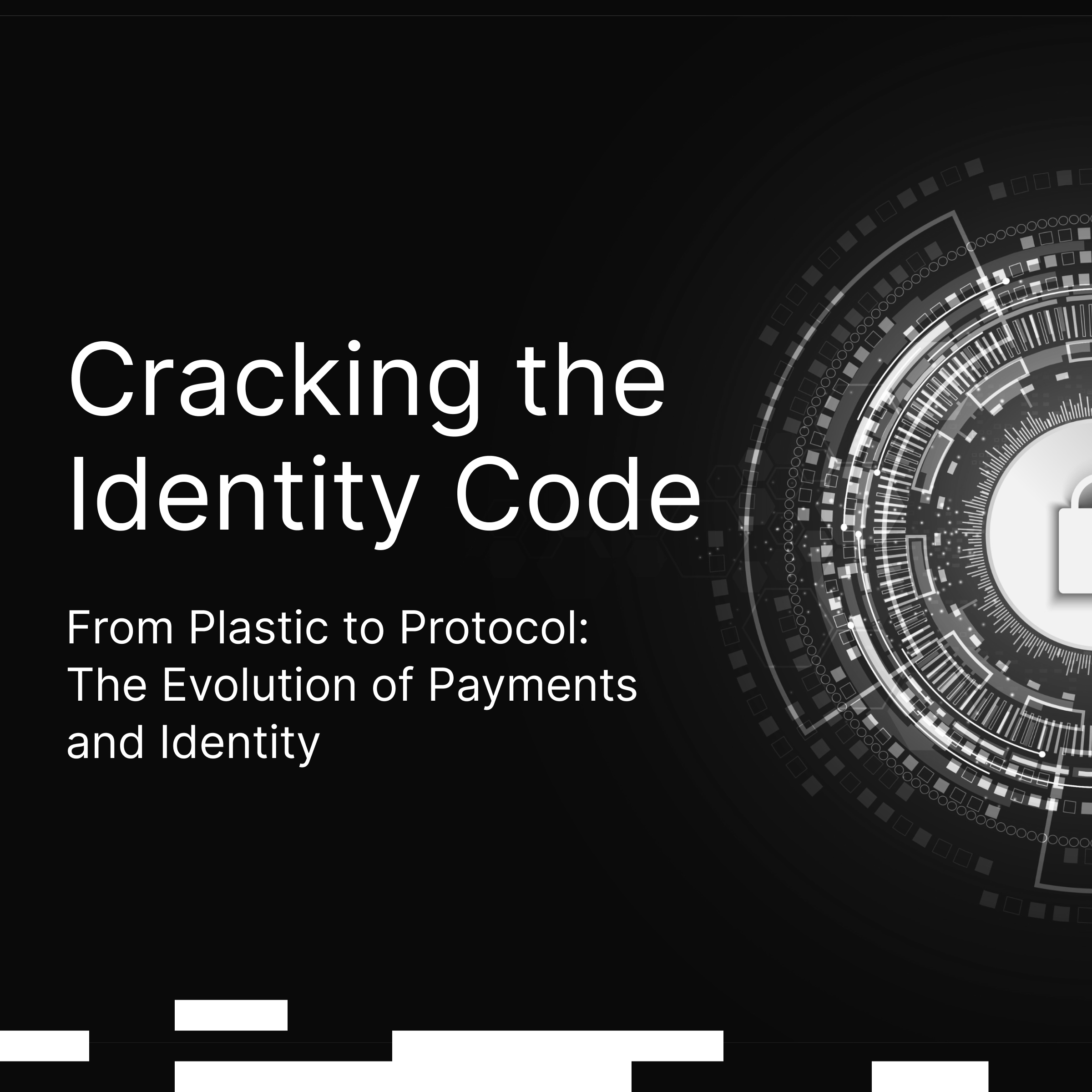

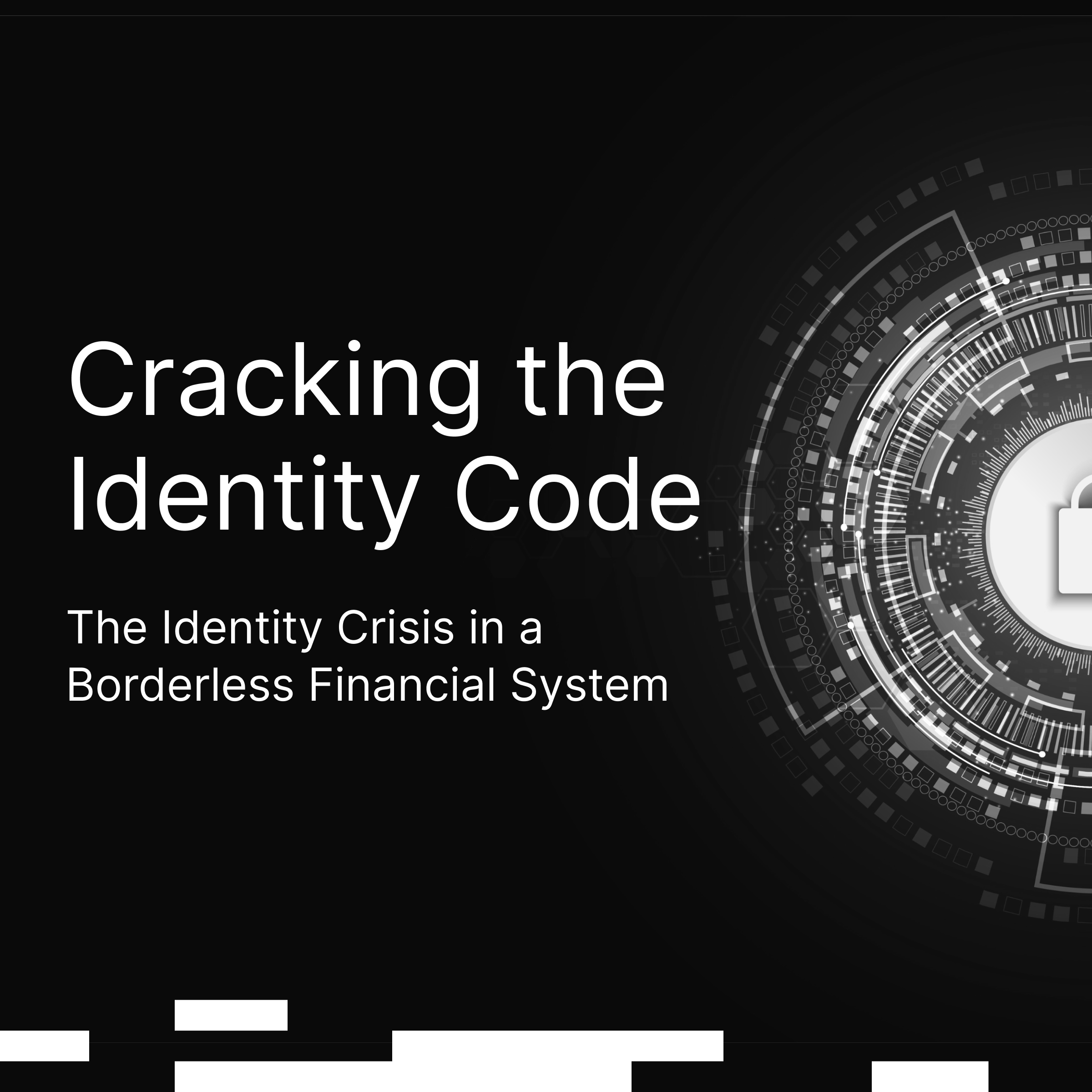
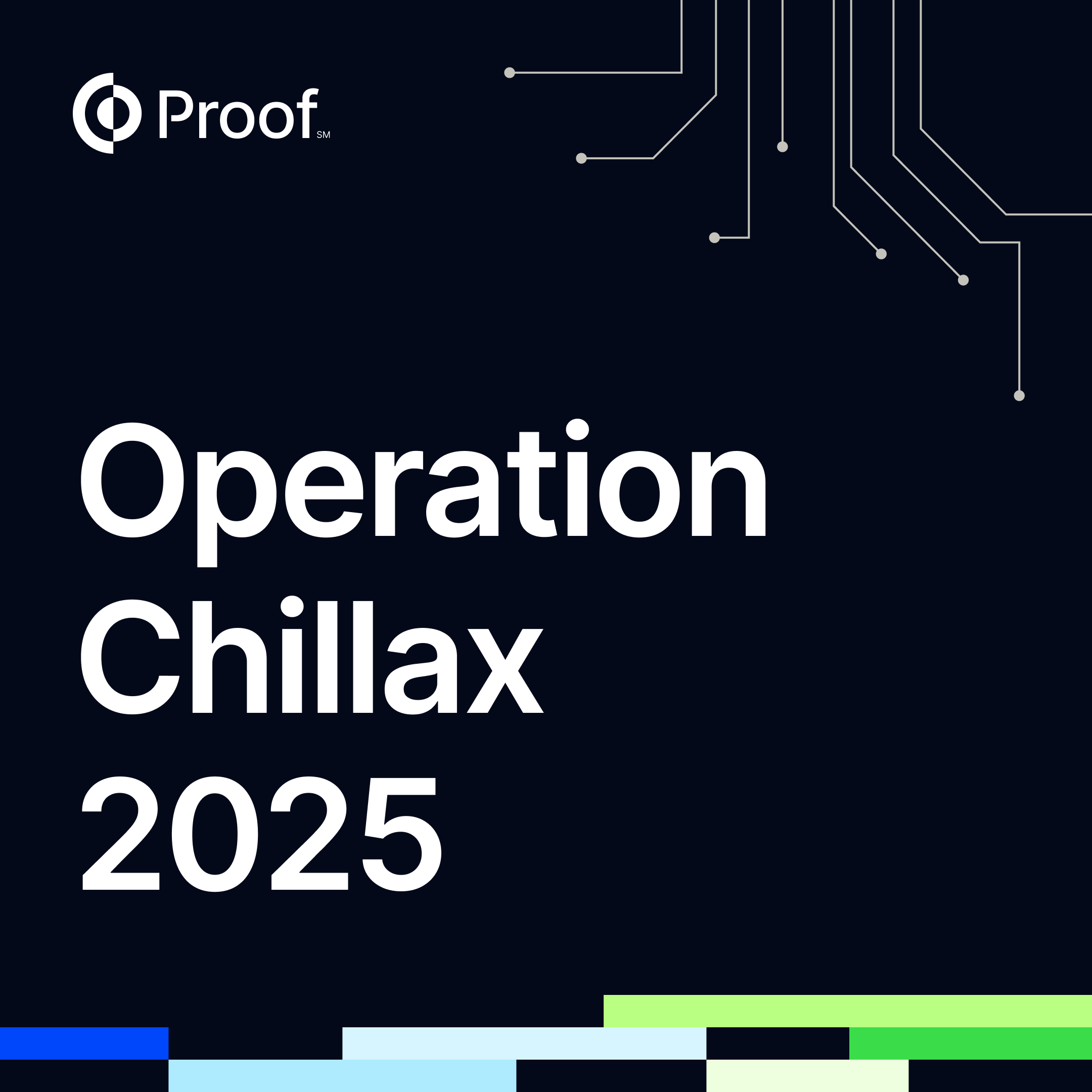



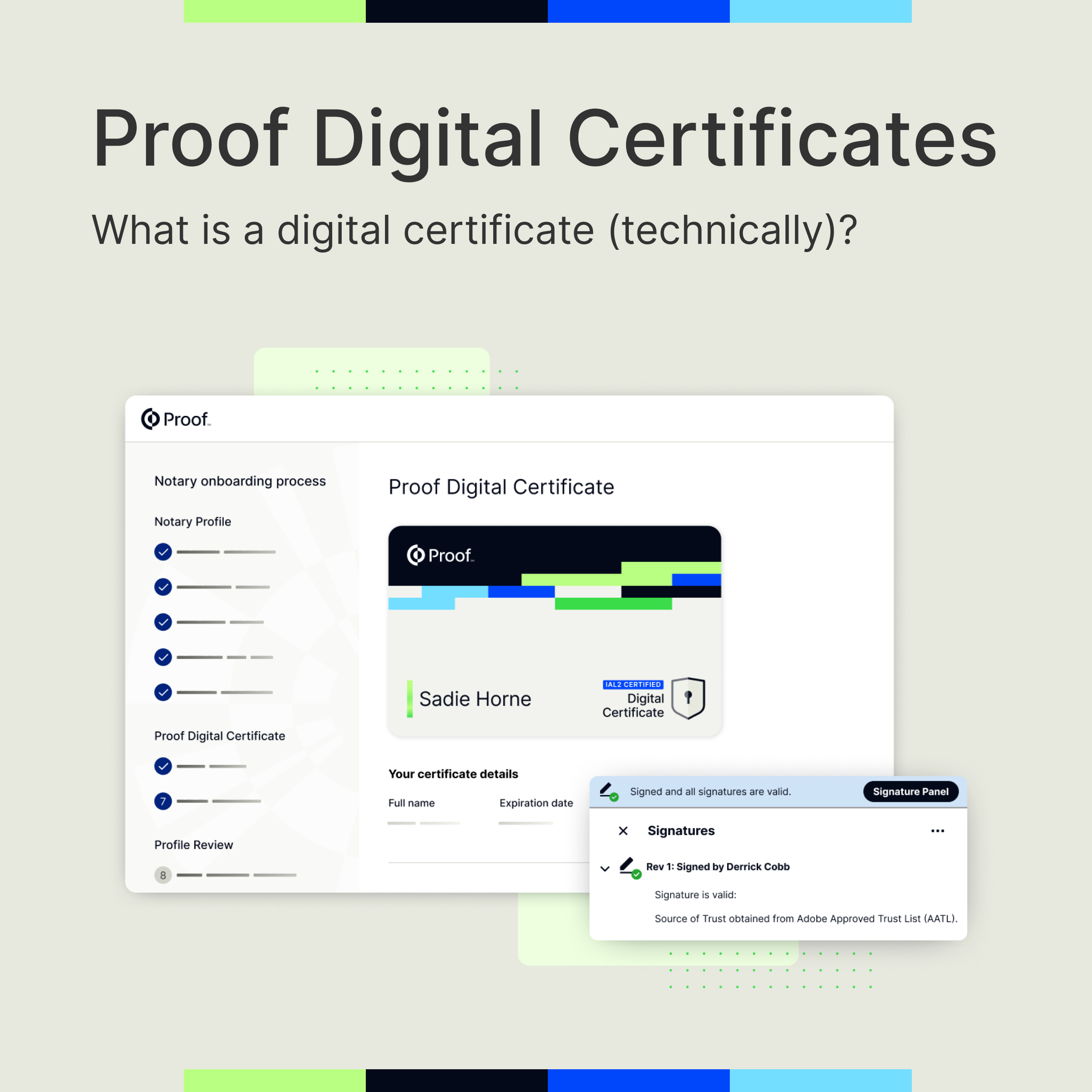


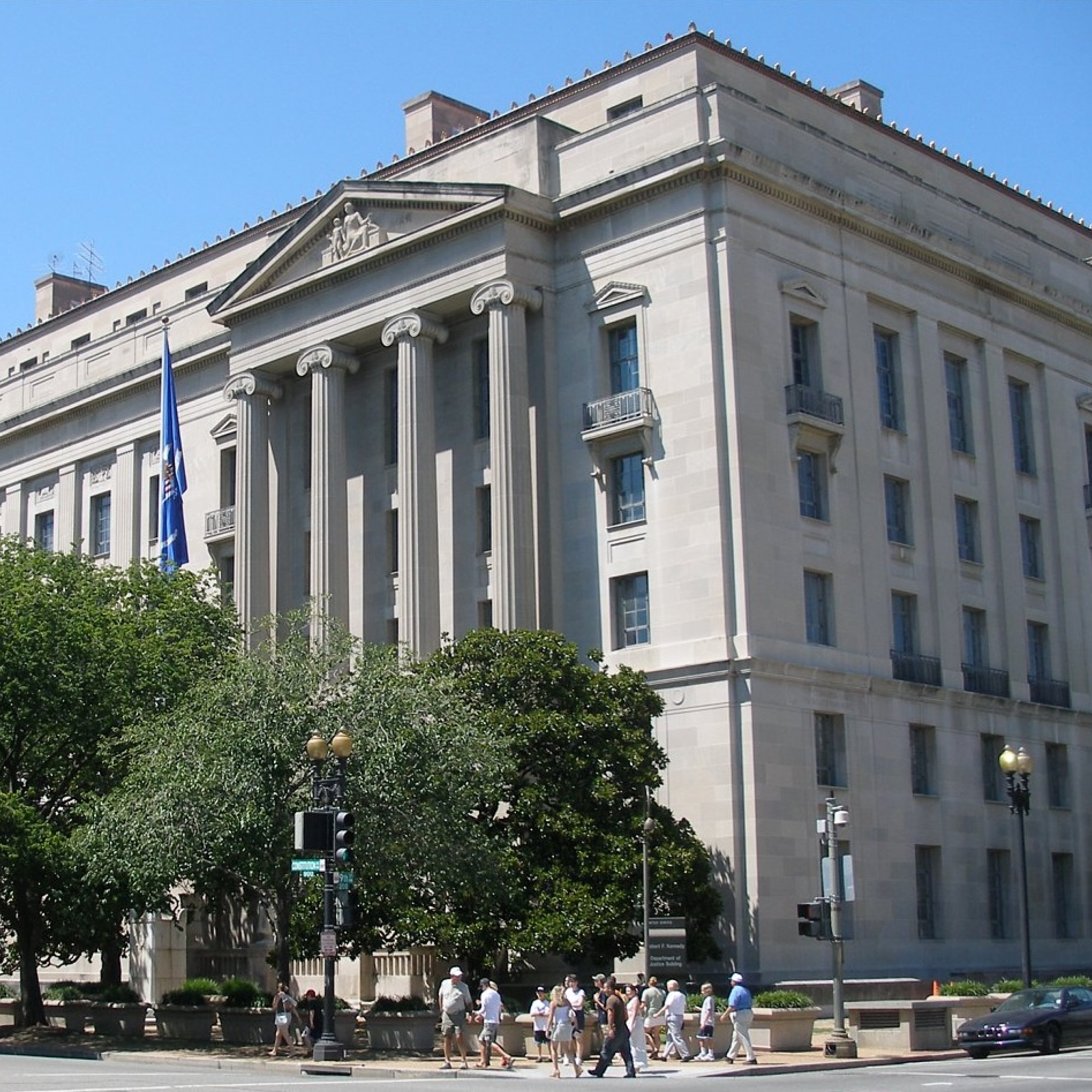
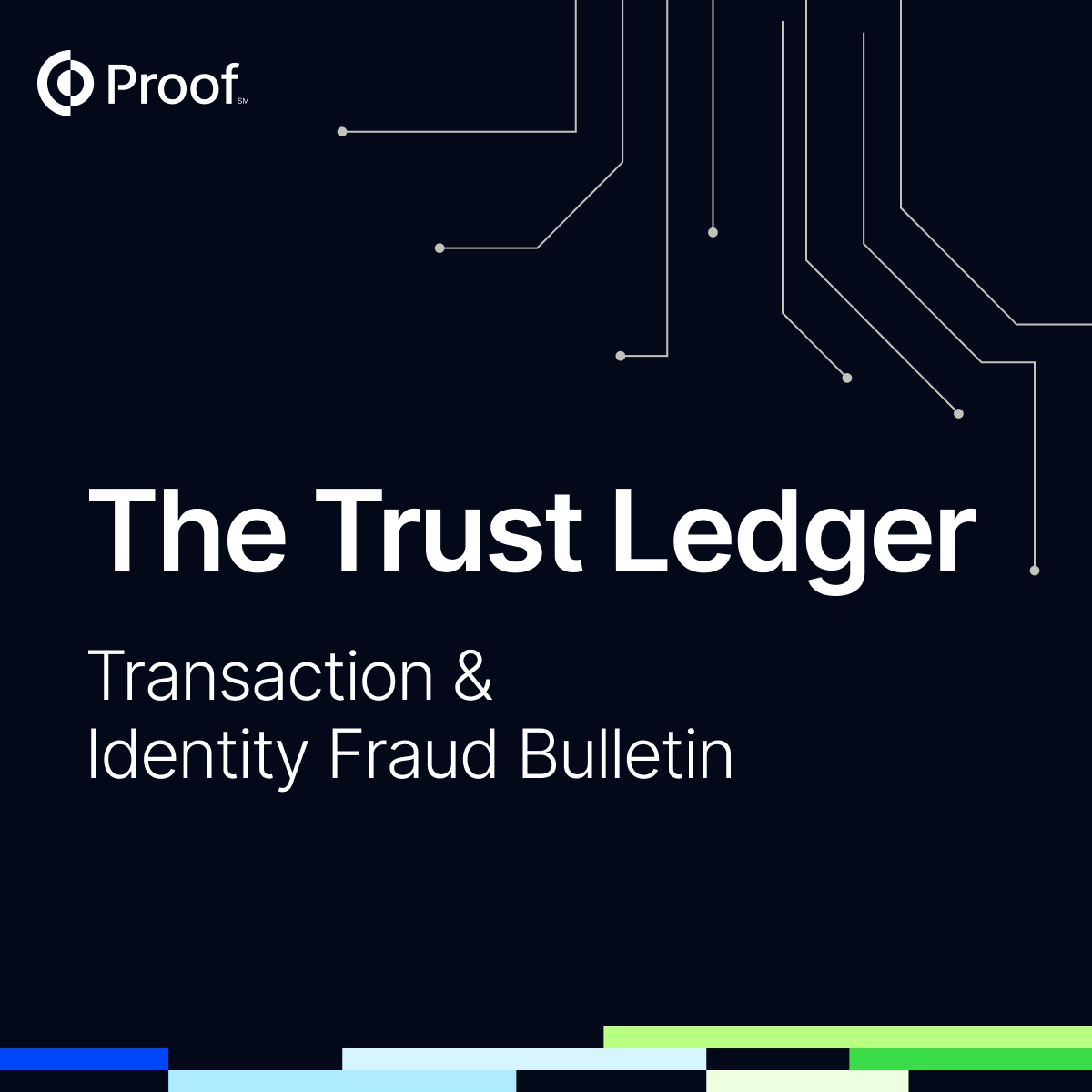







































.jpg)

